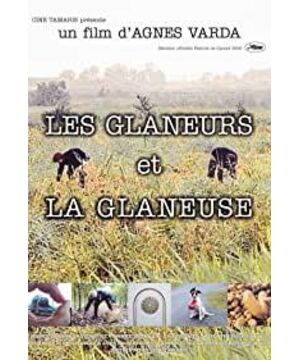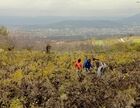First of all, this film was shot in 2000. Agnes is already an old lady who is very young, and many people still say that this is a new wave movie. I think to some extent I can agree with this view, because she actually made the documentary into a literary film. Watching Agnes take the DV to go and shoot, sublimating some ordinary things into art. For example, sometimes forgot to turn off the lens, the picture is the shaking lens cover seen by the vertical DV; my favorite is the big truck she shot in the car, she stretched out a wrinkled hand to the DV lens Earlier, my thumb and index finger made a circle, then clicked and opened and closed, as if I used my hand to grab them, or, with a real camera, I took a virtual camera. She finally picked up a clock without a minute hand and a second hand from the trash. She said, "A clock that can't indicate the time is exactly the kind of thing I like."
From this film, I am really dumbfounded for her artistic talent.
Of course, technical beauty is not enough. The reason why I admire this film so much is the theme it expresses. Scavengers, she first started with a number of famous paintings expressing this theme, visited farms in the French countryside, and asked contemporary scavengers. What was finally revealed was the huge waste of resources in modern society. Tons of potatoes are discarded in the wild and spoiled because they don’t look good. Food stores only buy potatoes of moderate size. Potatoes that are too big or small, or just ugly, will be automatically filtered out and thrown away. In wine-rich estates, large numbers of grapes are deliberately not picked, letting them go bad, and maintaining high prices in order to ensure that the supply is scarce.
In addition to crops, she also photographed "scavengers" picking up trash in the city. These people can pick up good food in the city's trash cans that are still in packaging. Some meat is frozen and edible, and some food is only expired for a day or two, or even not yet expired. A man with a college degree relies on garbage picking for food. He sells newspapers during the day and teaches French voluntarily in the community center at night. In addition, Agnes also photographed the exhibition halls and people who picked up the rubbish and reformed it into art. I think what she wants to express is how many things are discarded by people, but in fact they have supreme value.
After watching this film, I seriously considered buying a pair of gloves and boots and then picking up the trash. I have no artistic talent, but at least, I can do my best to reduce waste of resources.
View more about The Gleaners & I reviews







